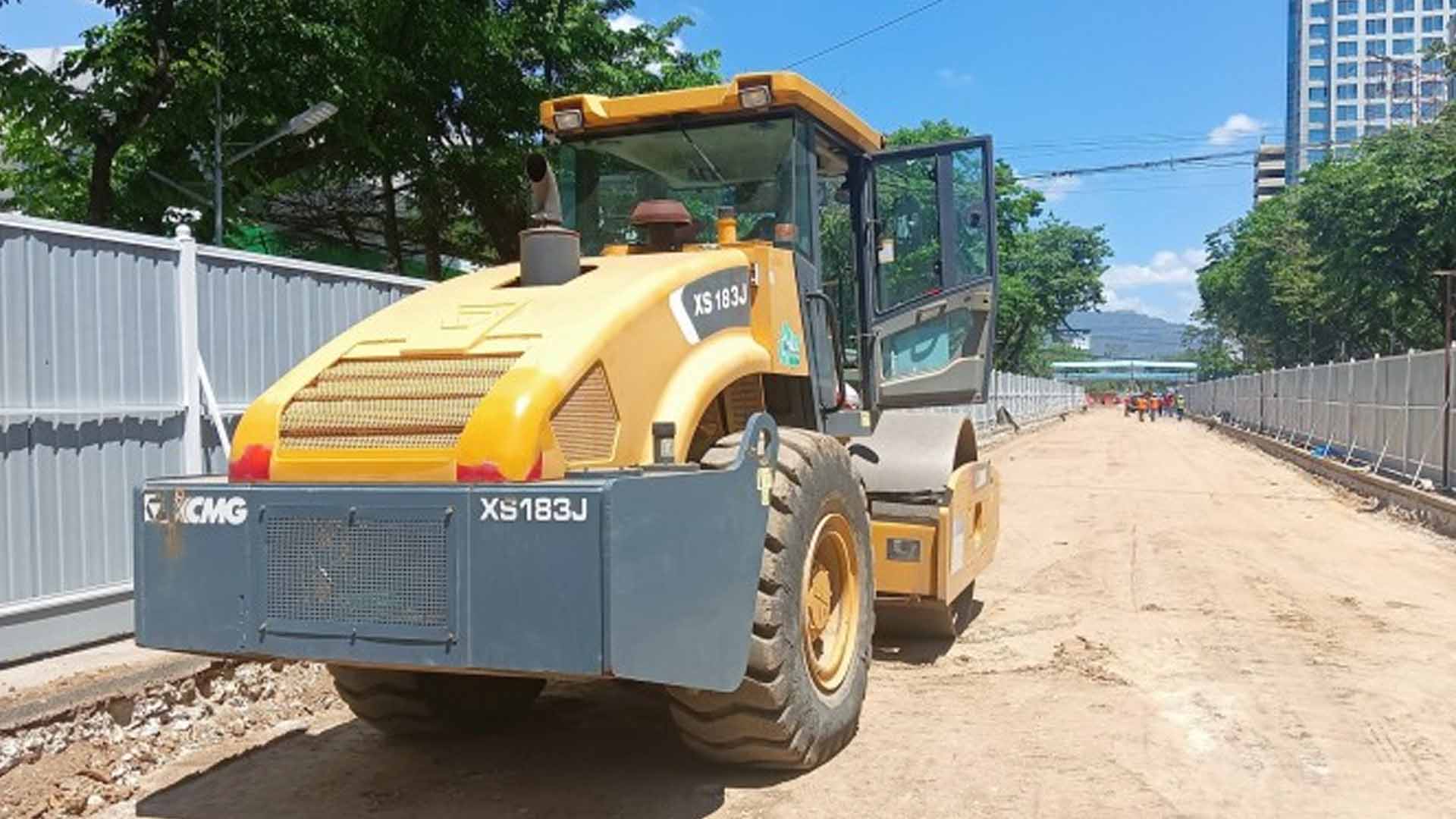Infrastructure projects that run up to billions, hatched during the first year in office of President Ferdinand R. Marcos Jr., will improve interconnectivity in Central Visayas.
The Department of Public Works and Highways (DPWH) has two major infrastructure projects in Cebu – the PHP76 -billion fourth Mactan-Cebu Bridge and the PHP31-billion Mandaue-Consolacion-Liloan Coastal Bypass Road.
The 3.34-kilometer fourth bridge connecting the Cebu mainland to Lapu-Lapu City will be funded under the Japanese government’s Official Development Assistance program while the 10.6-kilometer north bypass road will be through the help of the South Korean government, according to a recent interview with Kenneth Cobonpue, co-chair of the Regional Development Council (RDC)-Central Visayas.
The works on the fourth bridge that will span from Mandaue City’s Cansaga Bay to Lapu-Lapu City’s Barangay Ibo will begin in 2024 and is expected to be finished before the end of the President’s term in 2028.
To support Lapu-Lapu City’s horizontal development plans to bolster the historical island’s tourism industry, the RDC-7 endorsed the repair and rehabilitation of damaged road pavements in Barangay Punta Engaño and the repair of a damaged passenger terminal in Punta Engaño.
The RDC-7 official also reported the ongoing construction of the PHP336-million San Fernando town port, the construction of a pier and access road for a local port in Loon town as well as the construction of a backup area with a continuous roll-on roll-off ramp in Bohol’s Tubigon town.
These projects, he said, are under the Central Visayas Port Infrastructure and Road Network Development Program listed strategies to accelerate inter-island connectivity.
In Negros Oriental, the regional development body also endorsed the construction of a new seaport to augment the capacity of Dumaguete City Port, as well as the development of Tambobo Bay in Siaton and the improvement of Canibol Port in Bais City.
Port development for tourism
Cobonpue said another project in the pipeline is the New Cebu International Container Port.
The proposed project cost, loan validity, and implementation are up for approval by the National Economic and Development Authority (NEDA) Board.
The project originally cost PHP9.9 billion, but the Department of Tourism requested the NEDA-Investment Coordination Committee to increase it to PHP10.45 billion.
“These projects are endorsed through the RDP 2023-2028 under the Marcos administration. This regional development is anchored on the country’s long-term vision under AmBisyon Natin 2040 and aligned with the Marcos administration’s eight-point socio-economic agenda and the Philippine Development Plan 2023-2028,” Cobonpue said.
The RDC-7 also reported the ongoing renovation of the existing passenger terminal on Camotes Islands to support the effort of Governor Gwendolyn Garcia and Department of Tourism Secretary Christina Garcia-Frasco to steer economic activity and the tourism industry.
On May 27, a privately-led Pier 88 was inaugurated, with President Marcos and Vice President Sara Z. Duterte gracing the launch that marked the start of land-to-sea interconnection between Cebu’s mainland and Camotes Islands.
With the opening of the pier, the Land Transportation Franchising and Regulatory Board-Central Visayas has provisionally approved the Mandaue City-Camotes route for the four Ceres bus units that will cater to locals and backpackers alike who would want to explore the “unexploited” white beaches on the island.
Cebu City BRT project
Another Marcos administration interconnectivity improvement project is the PHP16.3-billion Cebu City Bus Rapid Transit (CCBRT) project with its PHP900 million Package 1 now in its initial stages.
Norvin Ymbong, CCBRT project manager, said Package 1 includes the 1.15-kilometer road enhancement that will span from the corner of P. del Rosario to Plaza Independencia.
“Dedicated lanes will be 2.38 kilometers long spanning from Cebu South Bus Terminal to the Capitol. It can accommodate more or less 80 units of buses,” Ymbong said.
The Chinese contractor of the BRT project here, Hunan Road and Bridge Construction Ltd., started works in February shortly after Marcos led the groundbreaking ceremony on Feb. 27.
In his speech, Marcos highlighted the BRT’s role in solving the traffic woes in the Cebu City area that will also boost the local economy.
Aim for more fund
Cebu’s 6th District Board Member Glen Anthony Soco said Cebu remains hopeful that the administration will allocate more funds to finance the PHP32-billion flood control masterplan for Metro Cebu.
“We need the DWH to review the master plan and submit proposals to President Marcos for re-funding the flood control and mitigation efforts in Metro Cebu. I hope that the President will take cognizance of this particular project,” Soco told the Philippine News Agency (PNA).
Soco recalled that the masterplan’s initial implementation received PHP700 million representing more or less 10 percent of the entire masterplan.
Soco also urged the President to look into the 56.9-kilometer Metro Cebu Expressway after its implementation was dragged due to several challenges, like the dismal cooperation among local government units in helping the acquisition of the right of way.
The PHP94-billion upland expressway will traverse from the southern city of Naga mountain area up to Danao City and is worth PHP94 billion. It is aimed at solving Metro Cebu’s traffic woes. (PNA)








